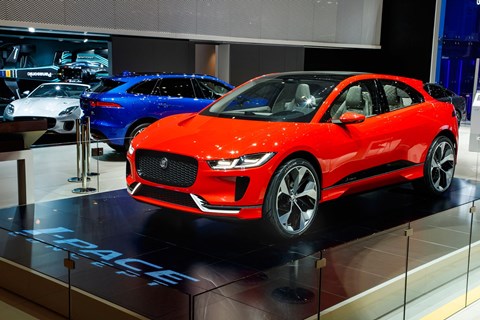► Geneva motor show review
► Gavin Green’s show verdict
► The hits, misses and surprises
There was much talk about autonomous cars, electric vehicles and lots about the future – or lack of one – for Dr Diesel’s engine, one-time publicly celebrated eco saviour, now VW-underwritten fiend of the Earth.
Plus much discussion in the sweaty interview rooms, and on the stands, about Peugeot’s takeover of GM in Europe, as one of the world’s biggest car makers gives up on the world’s biggest car market. Be optimistic, I say. Peugeot can’t possibly do a worse job than GM did in Europe.
But let’s cut straight to the exciting stuff. Geneva is traditionally about speed, style, driving brio, multi-cylinder soundtracks and petrol power. It’s a fashion show, the world’s best catwalk for cars.
Click here for our full Geneva A-Z
Geneva motor show performance cars
There was a new V12 Ferrari Berlinetta and a new version of the best Porsche 911. Thus, it was a fabulous car show.
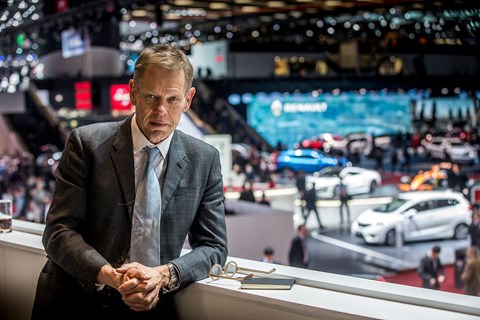
There was also a hugely impressive new McLaren, a faster Lamborghini Huracan, a droptop Pagani, and new AMG Merc GTs of various bodystyles and power. So in Hollywood terms, the 2017 Geneva show was like a new movie starring Matt Damon, Tom Cruise, Tom Hanks, Angelina Jolie and Scarlett Johansson.
The Ferrari 812 Superfast looks stunning and even if it’s only a tiny improvement on the outgoing and awesome F12 Berlinetta, it will be worth selling the semi-detached for. Is a 60bhp or so upgrade on a car that could already do 211mph real-world relevant? No, but this is a Ferrari. The Superfast will surely be my absolute favourite supercar, just as the F12 was before.
Germany vs Great Britain: two powerhouses slug it out
The GT3 (below) has even more power from a bigger 4.0-litre engine and a naturally aspirated (hooray!) engine that spins to 9000rpm. You can buy it as a stick shift manual and – if that isn’t enough brilliant news – it is actually relatively affordable at a ‘mere’ £112,000.
It will no doubt be the most engaging and exhilarating Porsche on that B-road blast or on the track, and will probably be Porsche’s best car. I loved everything about it.

Meanwhile, the new McLaren 720S adds style and brio to the otherwise fine 650S. This is a big jump up from the old car, cleaner and more functional of line, much better cabin, superior visibility, less weight, more power, more speed. The recipe is utterly compelling and I can’t wait to drive it. While experienced Ferrari and Porsche launch great new cars with marginal gains, newbie McLaren make big leaps model-to-model. This is the biggest bound yet.
Affordable sports cars: Alpine is back!
Away from the 200mph-plus titans, there were two ‘affordable’ sports cars that stood out. The first was the new Alpine A110, the resurrection of a great sports car name, with styling that nods to the ’60s heritage but doesn’t look old fashioned. It’s a head-on rival to the Cayman and prioritises agility and handing, both helped enormously by its light weight (1080kg).
Powered by a new mid engine 1.8 turbo – good for 250bhp– it has a bespoke aluminum chassis and aluminium body, wishbone suspension front and rear, and looks small and cleanly designed (no unsightly pop up spoilers or other styling excrescences). Weight paring was a priority. Supplier Brembo even incorporated the handbrake into the rear brake caliper. That saved 2.5kg. Expect a price of under £50,000 when sales start early in 2018.
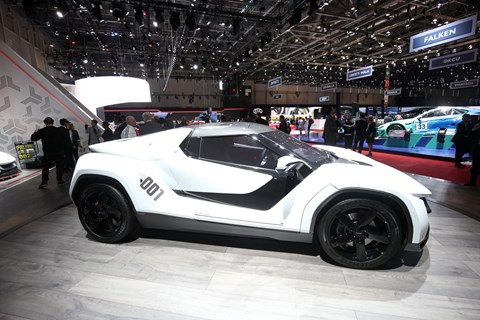
Less high profile, but possibly more globally significant, was the little Tamo mid-engine sportster on the Tata stand (above). This has the look and feel of a cut-price Alfa 4C (hopefully with a better ride). It was designed and engineered by Tata’s Turin division – I’ll be honest, I didn’t even know Tata had a Turin studio – and it’s the first in a line of Tata limited edition cars, called Tamos.
It shows the imminence of affordable low volume cars, a two-fingered riposte to conventional mass production. Deliveries start next year. There were loads of other low volume bespoke cars at Geneva, but they were all aimed at those visiting the show on their way to their Swiss banks.
Crossovers continue
Naturally, like any motor show, there were scores of new SUVs, the world’s fastest growing breed of car. The two stand-outs were the Range Rover Velar and the Volvo XC60 (below) – both elegant and with classy interiors. Astonishing how these Ford orphans (Land Rover and Volvo, now owned by the Indians and the Chinese respectively) are now so successful and increasingly make such desirable cars.
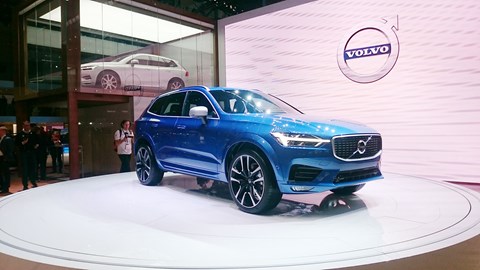
The new DS7 Crossback SUV was more generic in exterior design but had some real stand-out tech. New active swivelling (and revolving) LED headlamps change brightness and range, depending on speed, can automatically spot and illuminate potential dangers ahead and look fabulous.
Active scan suspension uses cameras to precondition the car’s electronic suspension, to dampen bumps (the Mercedes S-class pioneered the same tech) and, in another C-segment SUV first, the DS7 has ‘pilot assist’ that includes adaptive cruise control with stop and go tech (so it can automatically track the car in front, including coming to a complete stop and starting off again).
Honestly, I wanted to dislike this car – how dare they use the hallowed DS moniker on an oversized SUV! Instead I came away impressed.
A hot hatch from the old school
Other highlights? The new Civic Type R looks wild and is very fast, a high-octane hot hatch (remember them?) and a pleasing antidote to the trend to diminish driving enjoyment and driver importance. Honda’s renaissance continues.
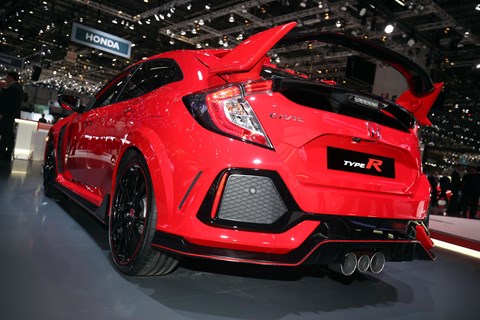
This Type R will likely also be a much better driver’s car than the old winged wonder, a corollary of its using the new Civic platform, with its greater stiffness and more advanced suspension. This promises to be a more fluent sports hatch, as well as a fast one.
Plus there was a new version of my favourite hot hatch, the Fiesta ST. It’s all I wanted or expected, and welcome news that it gets three-cylinder turbo power and stays front-drive. The only bad news is that we’ll have to wait to 2018 to buy one.
I also really liked the new Jaguar i-Pace (below), fetchingly repainted bright red after its LA show debut a few months ago. It looks almost mid-engine sports car-sleek and promises terrific Tesla-matching performance. This concept is very close to the real thing, design boss Ian Callum assured me. Sales start next year.
The i-Pace, of course, is also an electric SUV, and very much a glimpse at our auto tomorrow. This was a real beacon of hope. With cars like this, maybe the real-world future will be bright, after all.
All our stories from the Geneva motor show
